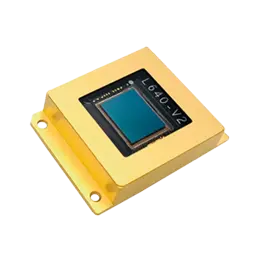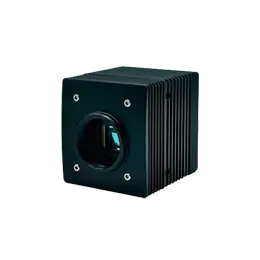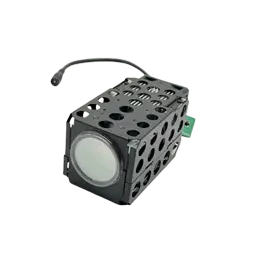In traditional digital cameras, a wide-angle lens is a photographic lens with a focal length shorter than a standard lens, a larger angle of view than a standard lens, a longer focal length than a fisheye lens, and a smaller angle of view than a fisheye lens.
(Infrared lens) Wide-angle lenses are divided into ordinary wide-angle lenses and ultra-wide-angle lenses. The focal length of the ordinary infrared swir imaging lenses of the 135 camera is generally 38-24mm, and the angle of view is 60-84°; the focal length of the ultra-wide-angle lens is 20-13mm, and the angle of view is 94-118 degrees.
Due to the short focal length and large angle of view of the wide-angle lens, a larger area of the scene can be captured within a short shooting distance range. Therefore, it is widely used in the shooting of large-scale scenery photography works.
In photography creation, using the infrared video camera to shoot can achieve the following effects: first, it can increase the spatial depth of the photographic picture; second, the depth of field is longer, which can ensure that the front and rear of the subject can be seen on the screen Clearly reproduced.
Therefore, the vast majority of modern pocket automatic cameras (commonly known as point-and-shoot cameras) use ordinary wide-angle lenses of 38-35mm; third, the lens covers a large area and shoots a wide range of scenes;
Fourth, the scene shot at the same shooting distance, the infrared lens has a smaller image in the picture than the scene shot with the standard lens;
Fifth, the defects of perspective distortion and image distortion are prone to appear in the picture. The shorter the focal length of the swir lens and the closer the shooting distance, the more obvious this defect is.
Commercial-grade digital cameras use the same common infrared lenses as common 35mm cameras, because of their advantages such as deep field depth and wide shooting range.
Therefore, when choosing a digital camera, a digital camera with the same performance (infrared lens) and a digital camera with wide-angle and telephoto capabilities will perform better.
1. Infrared light board
After the infrared night vision lens is powered on, the current is transmitted through the PCB circuit board to the infrared lamp core that can convert electrical energy into light energy and heat energy, and the infrared lamp emits infrared light and projects it on the object.
2. Infrared lens (infrared night vision lens)
Collects the infrared light reflected by the infrared lamp projected on the object, and then transmits it to the photosensitive components of the ingaas camera motherboard after focusing and imaging.
3. Camera motherboard
The photosensitive component (CCD/CMOS) converts the received infrared light imaging from light into a current signal and transmits it to each working IC electronic component through the PCB circuit board for processing, and finally converts it into a video signal output by a microprocessor chip (DSP).
4. The shell of the infrared video camera
The combination of the above components is fixed, and the above components are protected to achieve the functions of waterproof, dustproof and impact resistance. At the same time make the whole product more beautiful.



